Refine search
Actions for selected content:
3386167 results
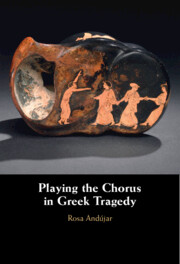
Playing the Chorus in Greek Tragedy
- Coming soon
-
- Expected online publication date:
- October 2025
- Print publication:
- 06 November 2025
-
- Book
- Export citation
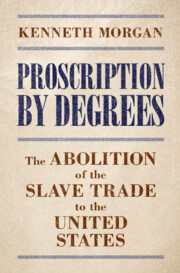
Proscription by Degrees
- The Abolition of the Slave Trade to the United States
- Coming soon
-
- Expected online publication date:
- October 2025
- Print publication:
- 06 November 2025
-
- Book
- Export citation

Insight-Driven Problem Solving
- Analytics Science to Improve the World
- Coming soon
-
- Expected online publication date:
- October 2025
- Print publication:
- 30 October 2025
-
- Book
- Export citation
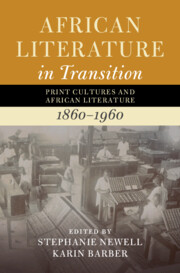
African Literature in Transition
- Print Cultures and African Literature, 1860–1960
- Coming soon
-
- Expected online publication date:
- October 2025
- Print publication:
- 06 November 2025
-
- Book
- Export citation
Chapter 2 - Embodiment and Cognitive Extension in Art and Music
-
- Book:
- Cognition and the Arts
- Published online:
- 14 September 2025
- Print publication:
- 23 October 2025, pp 31-63
-
- Chapter
- Export citation
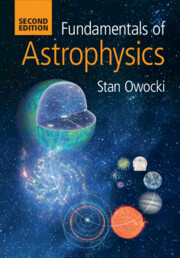
Fundamentals of Astrophysics
- Coming soon
-
- Expected online publication date:
- October 2025
- Print publication:
- 24 July 2025
-
- Textbook
- Export citation
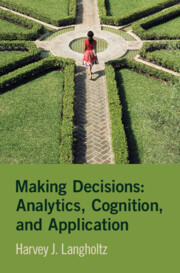
Making Decisions: Analytics, Cognition, and Application
- Coming soon
-
- Expected online publication date:
- October 2025
- Print publication:
- 06 November 2025
-
- Book
- Export citation
Figures
-
- Book:
- Cognition and the Arts
- Published online:
- 14 September 2025
- Print publication:
- 23 October 2025, pp ix-x
-
- Chapter
- Export citation
Appendix III - Will of Filippo de’ Medici
-
- Book:
- Wall Painting, Civic Ceremony, and Sacred Space in Early Renaissance Italy
- Published online:
- 19 September 2025
- Print publication:
- 23 October 2025, pp 369-374
-
- Chapter
- Export citation
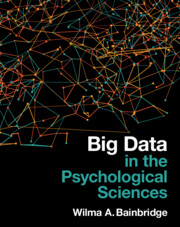
Big Data in the Psychological Sciences
- Coming soon
-
- Expected online publication date:
- October 2025
- Print publication:
- 23 October 2025
-
- Textbook
- Export citation

The Mediation System of China from an Interdisciplinary Perspective
- Coming soon
-
- Expected online publication date:
- October 2025
- Print publication:
- 06 November 2025
-
- Book
- Export citation
Conclusion
-
- Book:
- Wall Painting, Civic Ceremony, and Sacred Space in Early Renaissance Italy
- Published online:
- 19 September 2025
- Print publication:
- 23 October 2025, pp 298-310
-
- Chapter
- Export citation
Bibliography
-
- Book:
- Wall Painting, Civic Ceremony, and Sacred Space in Early Renaissance Italy
- Published online:
- 19 September 2025
- Print publication:
- 23 October 2025, pp 429-458
-
- Chapter
- Export citation
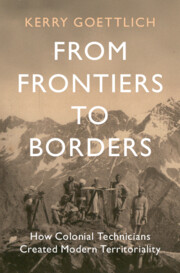
From Frontiers to Borders
- How Colonial Technicians Created Modern Territoriality
- Coming soon
-
- Expected online publication date:
- October 2025
- Print publication:
- 06 November 2025
-
- Book
- Export citation
Contents
-
- Book:
- Cognition and the Arts
- Published online:
- 14 September 2025
- Print publication:
- 23 October 2025, pp vii-viii
-
- Chapter
- Export citation
Appendix I - Documents for the Chapel of the Holy Belt in Prato
-
- Book:
- Wall Painting, Civic Ceremony, and Sacred Space in Early Renaissance Italy
- Published online:
- 19 September 2025
- Print publication:
- 23 October 2025, pp 311-364
-
- Chapter
- Export citation
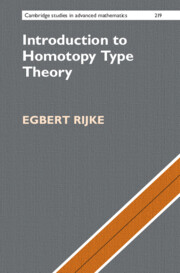
Introduction to Homotopy Type Theory
- Coming soon
-
- Expected online publication date:
- October 2025
- Print publication:
- 06 November 2025
-
- Book
- Export citation
Bibliography
-
- Book:
- Cognition and the Arts
- Published online:
- 14 September 2025
- Print publication:
- 23 October 2025, pp 145-173
-
- Chapter
- Export citation

Faith in Democracy
- The Logic of Church Advocacy for Liberal Democratic Institutions in Africa
- Coming soon
-
- Expected online publication date:
- October 2025
- Print publication:
- 06 November 2025
-
- Book
- Export citation
Appendix IV - Documents for the Apse Murals in the Cathedral of Spoleto
-
- Book:
- Wall Painting, Civic Ceremony, and Sacred Space in Early Renaissance Italy
- Published online:
- 19 September 2025
- Print publication:
- 23 October 2025, pp 375-428
-
- Chapter
- Export citation
